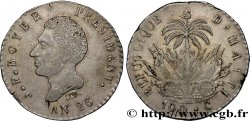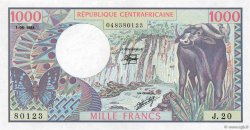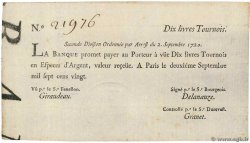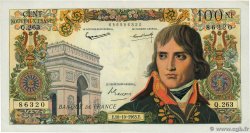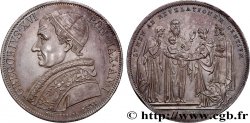Back 1/1
Live auction - fwo_731379 - HAITI - REPUBLIC 2 Centimes emblème 1886 Paris
You must signin and be an approved bidder to bid, LOGIN TO BID. Accounts are subject to approval and the approval process takes place within 48 hours. Do not wait until the day a sale closes to register. Clicking on "BID" constitutes acceptance of the terms of use of cgb.fr private live auctions.
Bids must be placed in whole Euro amounts only. The sale will start closing at the time stated on the item description; any bids received at the site after the closing time will not be executed. Transmission times may vary and bids could be rejected if you wait until the last second. For further information check the Live auction FAQ
All winning bids are subject to a 18% buyer’s fee.
All winning bids are subject to a 18% buyer’s fee.
| Estimate : | 150 € |
| Price : | 110 € |
| Maximum bid : | 111 € |
| End of the sale : | 25 October 2022 20:04:21 |
| bidders : | 2 bidders |
Type : 2 Centimes emblème
Date: 1886
Mint name / Town : Paris
Quantity minted : 1250000
Metal : bronze
Diameter : 30 mm
Orientation dies : 6 h.
Weight : 10,19 g.
Edge : cannelée
Slab

PCGS : MS65
Coments on the condition:
Exemplaire sous coque PCGS MS65RB
Catalogue references :
Obverse
Obverse legend : RÉPUBLIQUE D’HAÏTI AN 83 // * 1886 * // 2 / 1886.
Obverse description : dans le champ.
Reverse
Reverse legend : LIBERTÉ ÉGALITÉ FRATERNITÉ.
Reverse description : emblème de la République d’Haïti.







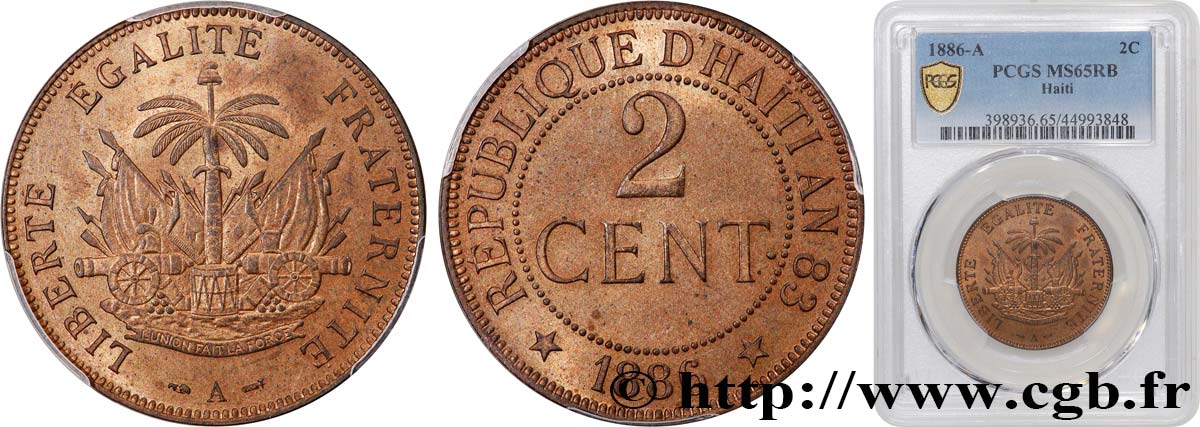
 Report a mistake
Report a mistake Print the page
Print the page Share my selection
Share my selection Ask a question
Ask a question Consign / sell
Consign / sell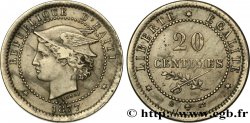
 Full data
Full data
